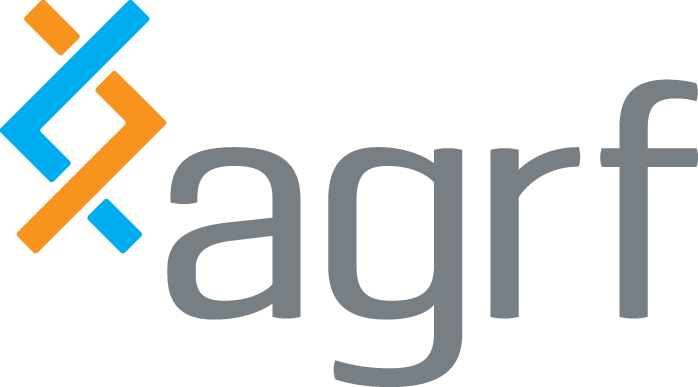Five Women in Science - Dr Lisa Stinson
/International Day of Women in Science
I
International Day of Women in Science I
As part of International Day of Women in Science this year, we would like to highlight five women from five different states to share their experiences working in science.
Throughout the years, our team has worked with many remarkable Australian women in science, and this year we have interviewed five of them to find out what makes them tick. These women have been inspiring and motivating our team to push ourselves and strive for excellence in our own work. They have been role models for so many of us, and their stories are a testament to the power of perseverance and hard work. We are proud to feature their stories and celebrate their successes.
Meet the first incredible Women in Science, Dr Lisa Stinson from The University of Western Australia.
Dr Lisa Stinson from The University of Western Australia, WA
Dr Lisa Stinson
Research Fellow, ABREAST Network & Centre for Human Lactation Research and Translation, The University of Western Australia
The first 2000 days of life (from conception to toddlerhood) are a critical window for the development of the human microbiome, with long-reaching consequences for health. During this time, immune and metabolic systems are calibrated for life. Aberrations to the early-life microbiome have been repeatedly linked to later-life non-communicable diseases, including allergies and metabolic disorders. Infant diet is a major determinant of microbiome composition, with associated health benefits. Dr Stinson’s work aims to understand infant microbiome assembly in relation to the breast milk composition and infant feeding practices, and to identify mechanisms through which breast milk composition and infant microbial colonization shape life-long health.
“I don’t think that the issue is attracting girls and women into science – we have had roughly equal numbers of female science graduates in Australia for decades. The issue is retention.”
What made you choose a career in science? Did you have any specific role models?
I have always had a mind that enjoyed puzzles and projects. A career in science was attractive to me because of the versatility of it and the fun of answering unanswered questions. Prior to actually entering university, I had never met anyone working in science or academia upon which to model a career. However, my mum (a nurse who went on to postgraduate study later in life) inspired me study biology. I was lucky enough to work alongside some brilliant mid-career researchers during my masters and PhD. These women showed me what a career in science can look like and provided incredibly valuable mentoring.
What are you working on at the moment and how does AGRF support this work?
I am currently working to characterise the infant gut, infant oral, breast milk, and maternal gut microbiota in a Western Australian longitudinal birth cohort (BLOSOM). Collectively, this project has produced nearly 3,000 samples for microbiome analysis! AGRF’s long read sequencing platforms have allowed me to reach a deeper level of taxonomic resolution than I would otherwise have been able to achieve. The accuracy, reliability, and personalised support that AGRF provides gives me peace of mind when sending precious samples away for analysis.
What do you hope to accomplish in the next five years of your career?
Over the next 5 years I aim to translate my current research into microbial interventions to improve maternal and infant health.
Is there any scientific field, outside of your own, that you believe needs more attention?
The world is growing at a rapid pace, and we need to find new ways to live on an increasingly crowded planet. I think that synthetic biology and genetic engineering are fields with the potential to tackle some of the great challenges our world faces, with applications for medicine, renewable energy, and improved agriculture.
In your opinion, what changes are needed to attract more girls and women into science?
I don’t think that the issue is attracting girls and women into science – we have had roughly equal numbers of female science graduates in Australia for decades. The issue is retention. I think that much of this comes down to the instability of academic grant funding, which can leave women without ongoing employment at a time when they need parental leave. Re-structuring of funding models to ensure career stability in the early to mid-career stages would be beneficial for all academics, not just mothers. The loss of women to the “leaky pipeline” leaves us with a shortfall of talented scientists needed to address the great issues that the world faces.
Want to learn more about the services mentioned?
AGRF provides long-read sequencing services applicable to all organisms via Single-Molecule, Real-Time (SMRT) sequencing on the PacBio Revio system to produce High-Fidelity (HiFi), long-read data with simultaneous epigenetics. Applications include reference quality whole genome sequencing, microbial profiling and metagenomics, and full-length RNA transcriptomics.
To get your Women of STEM tote bag, click the link above, cc your friend in the email, and once your friend submits samples for a project valued at $2,000 or greater, we will send the tote bag off to you!




